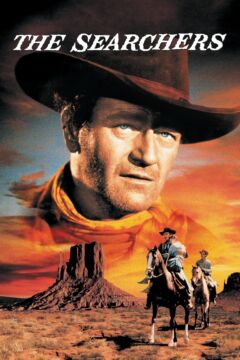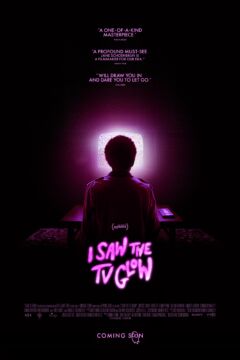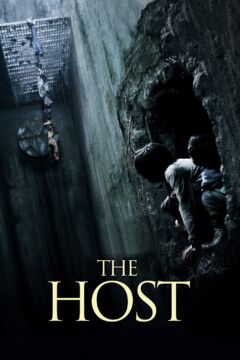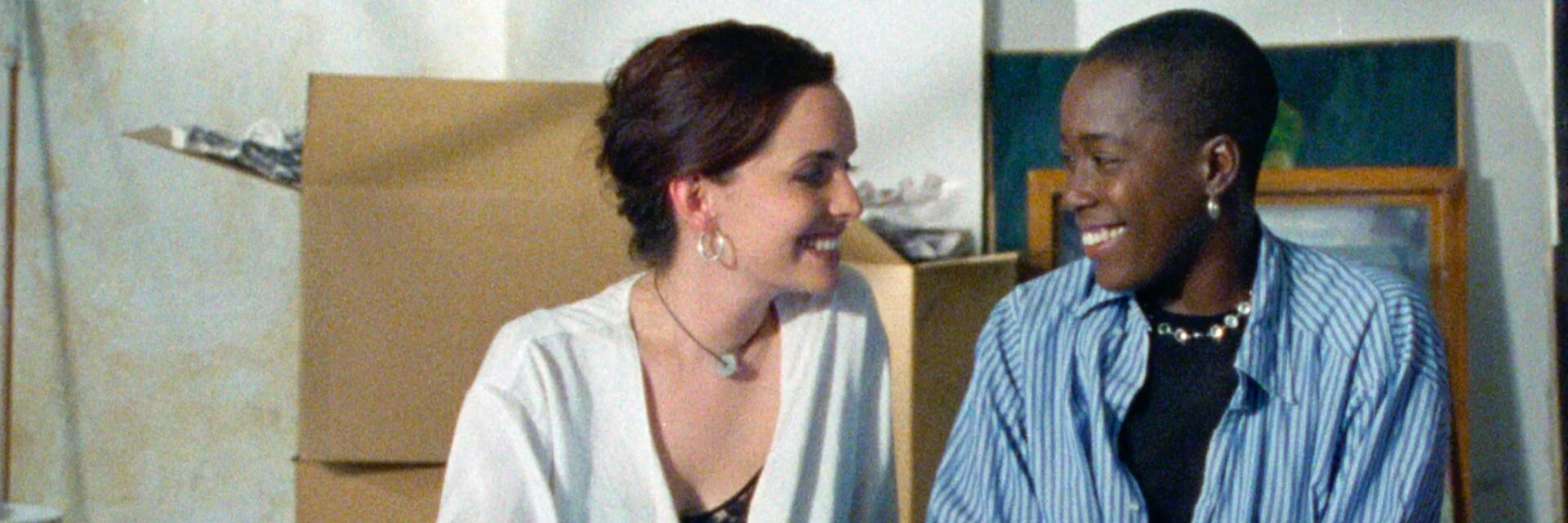
- Kijkwijzer 6
- Geweld




The Watermelon Woman (1995)
Cheryl, a young Black lesbian working at a video store in Philadelphia, is an aspiring filmmaker. She’s obsessed with old Hollywood films and in particular with a Black actress credited only as the ‘Watermelon Woman’. She decides to make a documentary about the woman who was known for playing the stereotypical ‘mammy’ roles back in the 1930s. In her research Cheryl discovers the real person behind the Watermelon Woman, Faith Richards, who has more in common with her than she could have anticipated.
At the end of the film we discover Faith Richards never really existed, the ‘archival’ footage in the film was expertly created by photographer Zoe Leonard. Although partially instigated by the film’s limited budget which didn’t allow for real archival footage, the fake footage is also exemplary of lacking archival material of Black actresses in old Hollywood. Faith Richards thus becomes a stand-in, inspired by the likes of Hattie McDaniel and Butterfly McQueen, for all those Black actresses that have been forgotten by history – giving voice to a story that cannot be told otherwise. – Anne Wabeke
dey Dream is a manifestation of an Afropean Freedom Dream, a visual poem that showcases Black Transmasculine Joy. We invite you into a Dreamlike world by showing a peek into the lives of two Afrodiasporic beings living in rotterdam who are learning all the ways in which they can practice Waywardness to make space for Love. Our film taps into different kinds of intimacy, the search for like-minded minds and how to find safety in Togetherness.